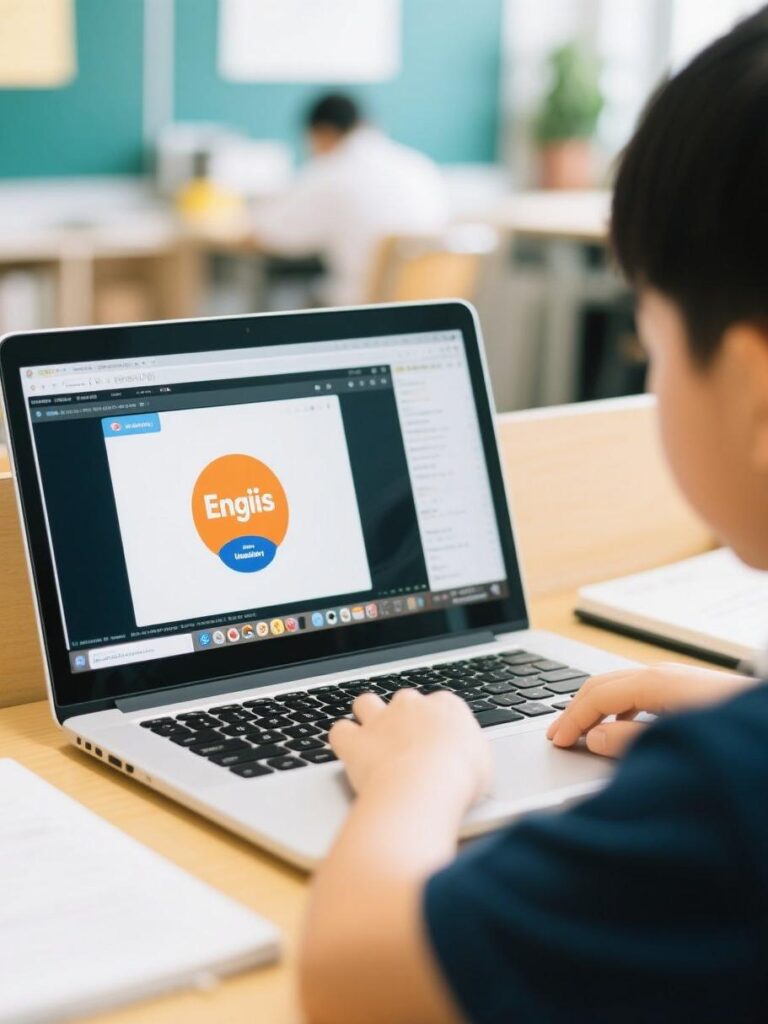对于大部分学生和家长来说,数学向来是一门“高深莫测”的学科。大多数孩子只能通过无尽的题海战术来强化自己对公式的记忆,但稍有懈怠就容易把知识点抛之脑后,所以这样的学习方法其实效率并不显著,而且也会让学生产生厌恶情绪。
Concrete-Pictorial-Abstract,简称CPA,是新加坡数学在全球领先的核心秘诀,尤其适用于小学阶段儿童认知发展规律。因为在6-12岁的年龄阶段,小朋友还未形成完整的逻辑体系,对抽象符号的思维能力有限,却拥有具体认知和感情记忆的能力。而CPA教学方法就是通过从具体教学应用开始,逐步带领孩子学会抽象符号的认知和思维方式。
- 具体阶段:用“触觉记忆”替代“机械记忆”
在这个阶段,老师会通过实物操作,建立数学概念的物理感知,使用教具(积木、计数器、量杯、硬币等)模拟数学问题,引导孩子用口语表达操作过程,加深认知和记忆,同时课堂也富有趣味性,缓解孩子对数学学习的抵抗情绪和焦虑。这个阶段老师会反复多次地使用教具操作,直至孩子能够预测结果,形成一定的思维方式。
这个阶段是为了让孩子消除接触数学时对抽象概念的恐惧,让学生知道数学也是可以触摸的实体。通过老师的演示和操作,理解“数”的分解、组合和守恒。
- 形象化:利用图形解题
在学生度过具体阶段后,老师会将实物操作转化为图形符号,使用标准化的图形来表示数学关系,从而开始搭建具体到抽象思维的桥梁。这一步有助于孩子应对稍复杂的数量关系,通过分割、合并和比较图形,直观地发现阶梯路径。
这个阶段旨在让图形跨越文字理解力差异,让孩子能够从读题转变到图形,进而转换解题思维,找到题目答案。
- 抽象化:用符号推理
在最后这步,老师需要教导学生从图形过渡到数字和公式,实现完全符号化的运算。在初期时仍会允许学生使用“图+算式”混合表达,再逐步减少图形依赖。同样的,也可以用图形和抽象计算结果进行比对和相互验证,确保逻辑一致性,学生和家长也无需担心阶段转变后无法适应的情况。
最终的步骤要求从图形到符号的完整推导,减少跳步骤导致的粗心和错误。
CPA学习方法针对学生的数学学习是更有效且更容易接受的,所以Sinobus的线上数学辅导课程也以此为核心来展开教学课程。Sinobus的线上数学辅导课堂中,老师会通过丰富有趣的课件,生动形象地给小朋友展示数字的变化,直观且具备趣味性地教学。
以CPA学习法为基础的同时,Sinobus更是发挥线上一对一辅导的优势。老师在线上课程中会根据小朋友的反应和表现进行调整,如果有出现学生无法理解和吸收的情况,老师会适当地调整课程节奏,确保学生当前阶段已经巩固后再开展下阶段的学习。
Sinobus的课堂上老师通过情景设置,从生活入手引领小朋友在趣味学习中进行头脑风暴,课后也会布置对应的习题作业,从而巩固学生知识点的吸收和运用。练习总结、举一反三,继而再运用回生活之中,解决生活中会遇到的近似问题。
CPA学习法结合线上辅导的优势,Sinobus致力于给学生舒适有效的学习空间,让小朋友不再畏惧数学,从图形开始领会数学的魅力,更主动更愿意地投入学习之中。这种教学方法是有效果且长期受益,让小朋友不仅能够应对考试,更能发现生活中处处是数学。
选择 SinoBus 一对一定制化线上补习,就是为孩子选择一个更加光明的数学学习未来。让我们携手共进,助力孩子在数学学习中腾飞,开启属于他们的辉煌篇章!现在就为孩子预约试听课,体验 SinoBus 的独特魅力吧!
Contact us! WhatsApp:+8618165329059






